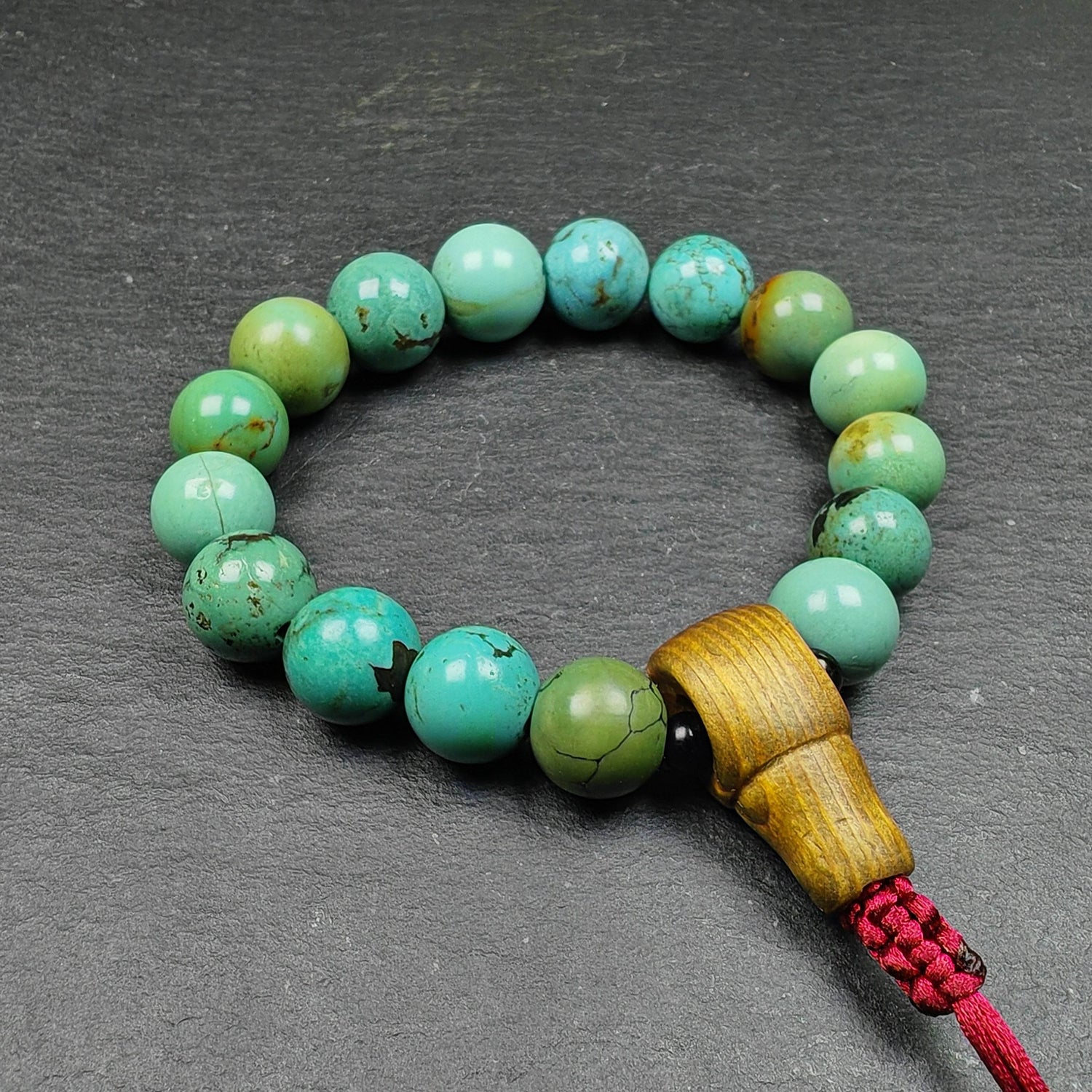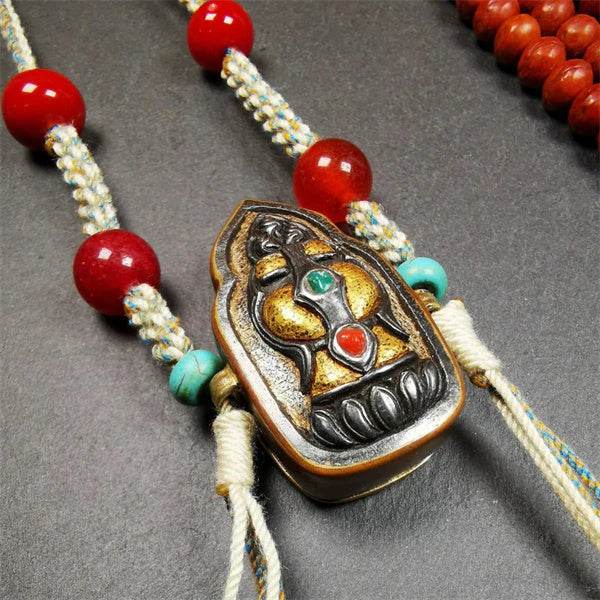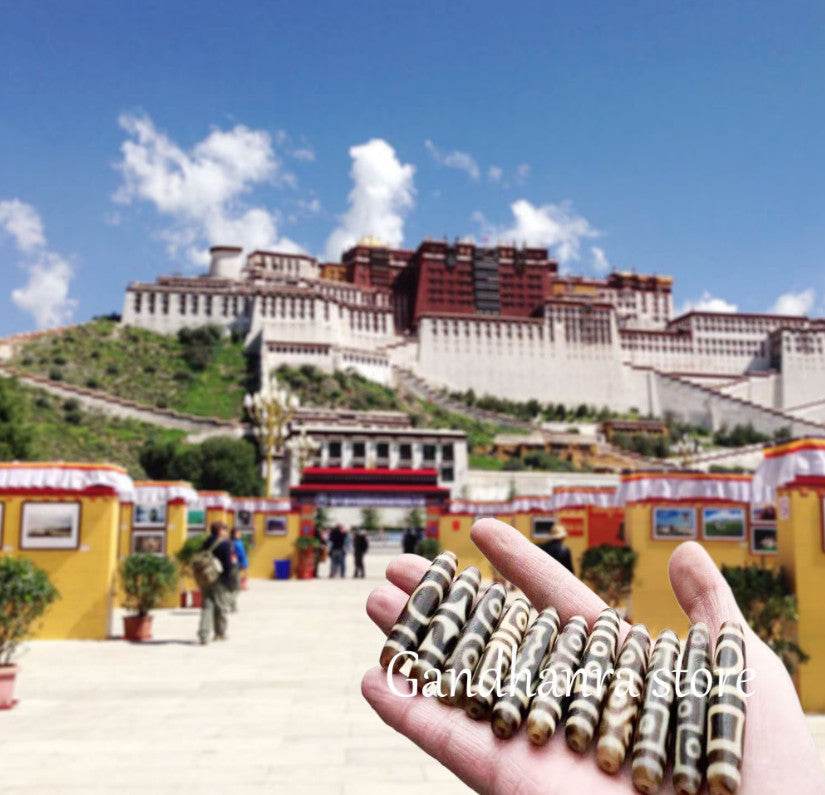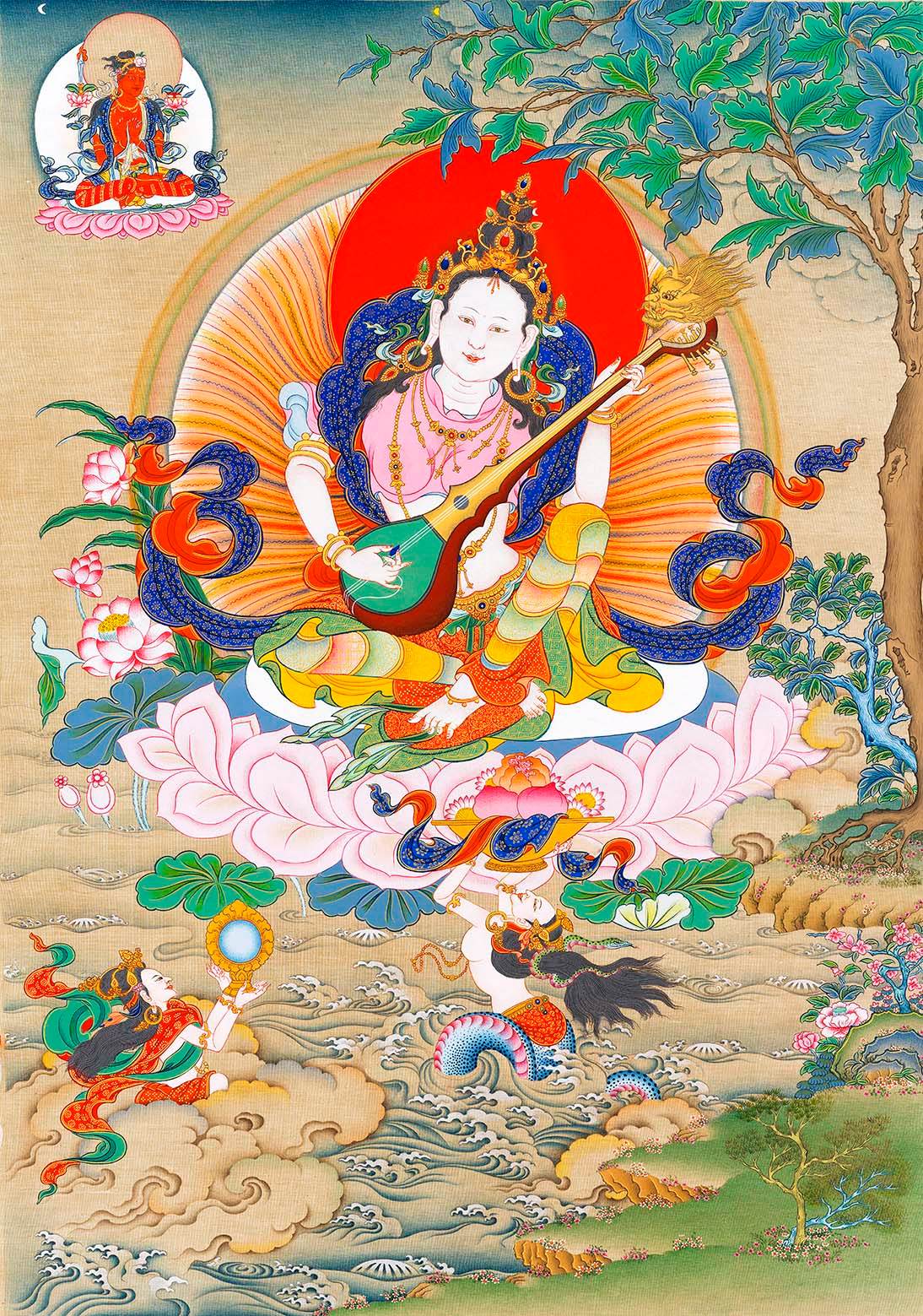
Seasons of Chubu Monastery

"The Complete Scenery of Chubu Monastery"
1945 to 1949
Held at the Pitt Rivers Museum, University of Oxford
Photographed by James Guthrie (to be confirmed)

"Partial Structures of Chubu Monastery"
1946 or 1950, photographed by Hugh Richardson's team
Held at the Pitt Rivers Museum, University of Oxford
ཞག་གསུམ་བསྡད་ན་སྡོད་མི་དྲན།
ལོ་གསུམ་བསྡད་ན་ལོག་མི་དྲན།
"After three days, one wishes to leave;
After three years, one longs to stay."
—The 15th Karmapa, Khakyab Dorje (1870–1922)
Used to instruct monks at Chubu Monastery

"The Field of Merit of the Karma Kagyu Tradition"
19th century, private collection
(Rock Mountain Sanctuary)

"Panorama of Chubu Monastery"
From the book The Black Hat of Tibet: The Karmapas
By Nik Douglas & Meryl White (Published in 1976)

"Stele of the Founding of Chubu Jiangpu Monastery"
First half of the 9th century, during the reign of Tibetan Emperor Ralpachen
Photographed in 1946 or 1950 by Hugh Richardson's team
Held at the Pitt Rivers Museum, University of Oxford
Preface: Eight Centuries of Ancestral Tradition
Pilgrims arriving at Chubu Monastery behold a grand stele standing before the main hall. The inscription reads: "Shang Tsabong Dazang Nyetö presided over the construction of the temple at Jangbu of Tod (སྟོད་ཀྱི་ལྕང་བུ་), now recorded in stone." The temple mentioned on the stele has long vanished, replaced by an ancient monastery weathered by over eight centuries of history. Within the narrative tradition of the Karma Kagyu (one of the four major schools among the "Four Major and Eight Minor" Kagyu lineages), this monastery is revered as the "Upper Monastery" (སྟོད་ཀྱི་དགོན་). Together with Karma Monastery in Chamdo (ཀརྨ་དགོན་; founded in 1185) and Palpung Monastery in Derge (དཔལ་སྤུངས་དགོན་; founded in 1727), it is honored as the "Three Upper, Middle, and Lower Ancestral Seats of Karma Kagyu." According to the doctrine of the "Five Sacred Principal Monasteries" (each corresponding to body, speech, mind, qualities, and activity), this monastery is further venerated as the "Monastery of the Mind" (ཐུགས་ཀྱི་དགོན་).

"The First Karmapa, Dusum Khyenpa"
19th century, Rubin Museum Collection
Detail: Portrait of the First Karmapa
"Homage to the Omniscient Master of Three Times from Chubu"
"This monastery was built in a place embraced by mountains on three sides, like fruit in a basket. With one small opening, the fruit may benefit all beings." Thus praised Sangye Rechen Paldrak (1148-1218), a principal disciple of the First Karmapa, Dusum Khyenpa (1110-1193), extolling Chubu Monastery and the symbolic significance of its surrounding landscape.
Generally, the "Chubu Monastery landscape complex" can be divided into three concentric zones: the inner zone refers to the monastery's architectural complex, the middle zone encompasses the natural scenery around the monastery and the nearby Karmapa's summer retreat, while the outer zone includes Nechung Monastery (གནས་ནང་དགོན་) and the sacred sites between the two monasteries.
However, to clearly articulate the classical conception of the "Chubu Monastery landscape complex," one must consult three types of texts: encomiums dedicated to the monastery, biographical literature of the Kagyu tradition, and pilgrimage guides to holy sites.

"The Summer Palace of the Karmapa" (སྤྲོ་ཁང་དར་རྒྱས་ཆོས་གླིང་།)
Originally constructed during the era of the 14th Karmapa
Expanded and flourished under the 16th Karmapa
Photographed in 1946 or 1950 by Hugh Richardson's team
Held at the Pitt Rivers Museum, University of Oxford
"Eulogy of Chubu" (in both long and short versions), composed by the 3rd Karmapa, Rangjung Dorje (1284-1339), stands as one of the earliest and most substantial extant eulogies concerning the "landscape of Chubu Monastery."
The "Eulogy of Chubu" follows the Tibetan literary tradition of "sacred landscapes" dating back to the 11th century. First, it pairs physical landscapes with their idealized counterparts (unifying the sacred and mundane; idealized landscapes refer both to divine realms and historical Buddhist holy sites), such as likening the central mountain (དབུས་རི་) to Maitreya's pure land, Tusita Heaven, where Maitreya resides in serenity.
Second, by depicting shifting scenery, it reveals the inherent sacred essence behind the landscape, dedicating extensive passages to describing Chubu Monastery's seasonal vistas. This perspective is likewise echoed in the eulogies of the 4th Shamarpa (1453-1524).

"The Third Karmapa, Rangjung Dorje"
Mid-to-late 19th century, Rubin Museum Collection
Detail: Portrait of the Third Karmapa
"The Third Karmapa, Rangjung Dorje"
Mid-to-late 19th century, Rubin Museum Collection
Detail: Portrait of the Third Karmapa
Thirdly, by narrating historical origins (from Buddhism's introduction to Tibet to the rise and fall of local teachings in the Chubu region), combined with the construction history of Chubu Monastery and its existing monastic festivals (interactions with the secular world), it highlights the sense of temporal order within the "sacred landscape."
Finally, by emphasizing the monastery's intellectual lineage and doctrinal transmission (all Karmapas being incarnations of Avalokiteshvara), it imbues the landscape with spiritual blessings.
However, such eulogies often share a notable omission—they tend to gloss over the architectural history itself. This gap can only be partially filled by consulting extensive biographical details (such as the biographies of successive Karmapas and their disciples' lineages) as well as later pilgrimage guides (including the more or less detailed field records of figures like Kathok Situ and Khyentse Wangpo).

"Distant View of Chubu Monastery"
Photographed in 1946 or 1950 by Hugh Richardson's team
Held at the Pitt Rivers Museum, University of Oxford
In the subsequent two articles, the author will take the imagery of "Chubu's Four Seasons" from the "Eulogy of Chubu" as a starting point, combining textual and visual historical materials to trace the 800-year construction history of Chubu Monastery.
If focusing solely on architectural forms, historical sources may appear limited. However, by correlating the temporal-spatial imagery of "Chubu's Four Seasons" with the lineage transmission of Chubu's Black Hat - the Karmapa succession - new research dimensions may emerge.
The period from the 1st Karmapa, Dusum Khyenpa, to the 3rd Karmapa, Rangjung Dorje, resembles spring's germination. While this era established "Chubu's chronology" and Tibet's reincarnation system, the monastery's scale remained modest, with all undertakings in exploratory stages.
From the 4th Karmapa, Rolpe Dorje (1340-1383) to the 9th Karmapa, Wangchuk Dorje (1556-1603), the development flourished like summer's abundance.

Detail from the above image: The 1st Shamarpa, Trakpa Senge (ཞྭ་དམར་པ༠༡གྲགས་པ་སེང་གེ་;1283-1349)
Disciple of Rangjung Dorje, founder of Nechung Monastery
Until the 5th Shamarpa, this monastery remained the principal seat of the Red Hat lineage
During this period, the Fourth Karmapa established the great Kagyu Dharma encampment, spreading the teachings far and wide. The Fifth Karmapa, Dezhin Shekpa (1384-1415), performed magnificent deeds at Nanjing's Linggu Temple, achieving renown across both Chinese and Tibetan lands.**
**From the Tenth Karmapa, Chöying Dorje (1604-1674), to the Thirteenth Karmapa, Dudul Dorje (1733-1797), it was like autumn's fruition. Though political changes brought repeated turmoil to Chubu Monastery, the Tenth Karmapa still left a brilliant legacy in Tibetan art history. These four Karmapas preserved the Dharma lineage through turbulent times with extraordinary resolve.**
**From the Fourteenth Karmapa, Thekchok Dorje (1798-1868), to the present day, it has been a transition from winter to spring. Now, with temples restored and the sangha gathered, it is like fresh buds sprouting from winter branches, all awaiting the fullness of spring together.

Detail from the above image:
"Under the tree, monks diligently study palm-leaf scriptures;
Before the throne, emperors offer jeweled trays."







2 comentarii
k2nxnu
k2nxnu